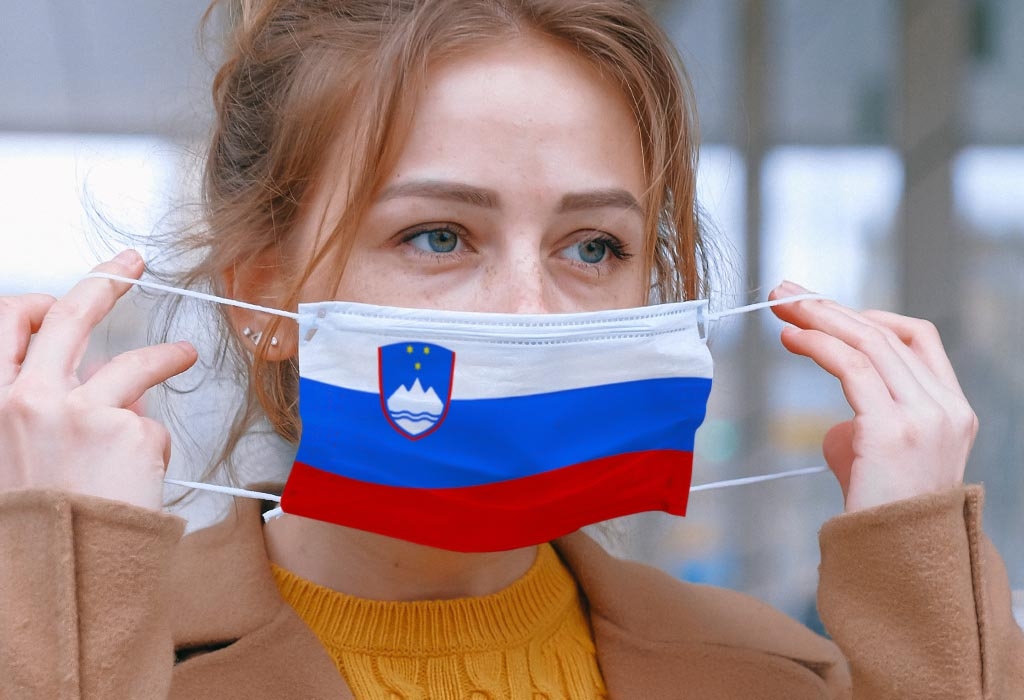by P.T., STA
A record number of Covid-19 patients died in Slovenia on Monday, 45, bringing the death toll to 876. A total of 1,388 new infections were confirmed from 5,326 tests and 1,275 people needed hospitalisation, up 11 from the day before. 208 patients needed intensive care, up one from the day before, the government said on Twitter.
The share of positive tests on Monday dropped to 26% after standing at 28% on Sunday. On Monday, 92 Covid-19 patients were discharged from hospital, while 24 patients in hospitals died.
The number of new hospitalisations remains much higher than the number of discharged patients, which is what “we are worried about”, government spokesperson Jelko Kacin told the press today.
Slovenia had 19,537 active cases yesterday, up from 19,325 on Sunday, according to the tracker site covid-19.sledilnik.org. So far, 56,932 infections have been confirmed in Slovenia.
The rolling 14-day average of cases per 100,000 residents rose from 922 to 932.
According to Nuška Čakš Jager from the National Institute for Public Health (NIJZ), the epidemiological situation in Europe and the world is still serious but some European countries are seeing a downturn in the number of new cases.
On the other hand, some countries, for example Austria, Estonia, Latvia, Sweden, the UK, and Slovenia are seeing a surge in new cases.
Only the Czech Republic, Belgium and Hungary have higher 14-day average of deaths per 100,000 people than Slovenia. In terms of new infections per 100,000 people, Slovenia is preceded by the Czech Republic, Austria, Luxembourg and Lichtenstein.
In Slovenia, Pomurska and Gorenjska remain the regions with the highest 14-day incidence, Čakš Jager said.
The deputy head of the infectious diseases centre at the NIJZ said the number of new daily infections would have to drop well below 300 for the epidemiologists to be able to trace the sources of infections again.
“We manage to call and question some 1,200 people a day,” she said, adding that identifying close contacts of those infected or even calling everyone infected was not possible despite help from students and staff from local NIJZ units.
Čakš Jager also presented data for infections in schools and kindergartens showing that the number of infections started dropping from the eighth week of the school year. She said the most infections had been recorded among high school students, while the share of infected kindergarten children was low.

